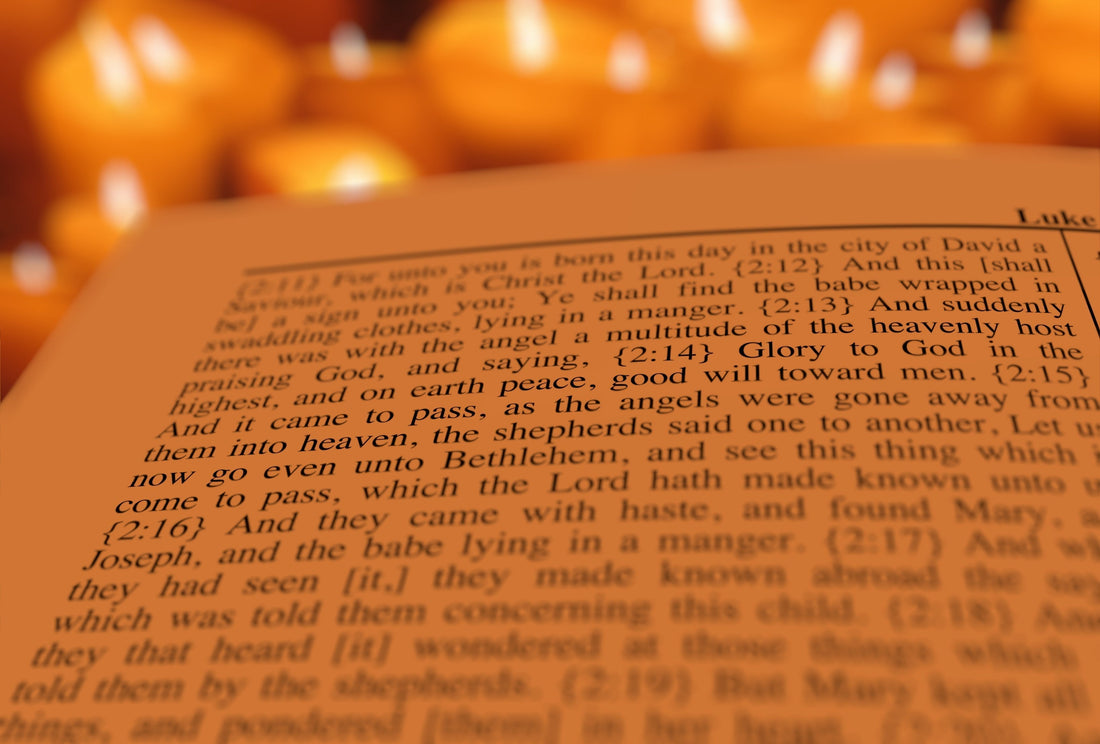
Understanding the Liturgical Calendar and Daily Mass Readings
Have you ever wondered why the readings at Mass seem so perfectly timed—or why Catholics around the world are hearing the same Scriptures each day?
It’s not a coincidence. It’s part of the beautiful rhythm of the Church’s liturgical calendar—a sacred structure that guides us through the life of Christ, one season at a time.
Let’s take a closer look at how it works and why it matters.
The Church Follows a Different Calendar
Unlike the secular calendar that starts in January, the Church’s year begins with Advent, usually in late November or early December. From there, we journey through the major events of salvation history in the following seasons:
- Advent – a time of hopeful waiting
- Christmas – celebrating the birth of Christ
- Ordinary Time – reflecting on His teachings
- Lent – a season of repentance and preparation
- Easter – rejoicing in the Resurrection
- Ordinary Time (continued) – growing in discipleship
Each season has its own spiritual focus, and the readings reflect the themes of that time.
How the Readings Are Chosen
The Church follows a carefully organized system called the lectionary, which assigns specific Scripture readings to every day of the year.
Sunday Mass Readings: A Three-Year Cycle
The Sunday readings follow a three-year cycle:
- Year A – Focuses on the Gospel of Matthew
- Year B – Focuses on the Gospel of Mark
-
Year C – Focuses on the Gospel of Luke
(The Gospel of John is featured during special liturgical seasons like Lent and Easter.)
Each Sunday includes:
- A First Reading (usually from the Old Testament, or Acts during Easter)
- A Responsorial Psalm
- A Second Reading (from the New Testament letters)
- A Gospel Reading (typically the highlight and theme of the day)
This rotation ensures that the major themes and stories of Scripture are presented over time.
Daily Mass Readings: A Two-Year Cycle
Daily Mass readings follow a two-year cycle:
- Cycle I is used in odd-numbered years
- Cycle II is used in even-numbered years
Each day includes:
- A First Reading (from either the Old or New Testament)
- A Psalm
- A Gospel Reading (which repeats annually)
This system allows Catholics who attend daily Mass—or simply follow along at home—to encounter a large portion of the Bible over the course of two years.
Why It Matters
The readings are not randomly selected. They are chosen to:
- Teach the full story of salvation
- Reflect the spiritual themes of each liturgical season
- Reveal the unity between the Old and New Testaments
- Help us grow in our understanding and love for Scripture
And perhaps most beautifully, the same readings are heard in Catholic churches around the world, reminding us that we are part of a universal Church walking together in faith.
How to Follow the Readings
You don’t have to attend daily Mass to benefit from the readings. Many Catholics begin their day by reading and reflecting on the day’s Scripture, either on their own or with family.
Here are a few easy ways to access the readings:
- USCCB.org – daily texts and audio
- Catholic apps like Laudate, iBreviary, or Hallow
- Monthly booklets like Magnificat or The Word Among Us
Consider choosing one reading each day and asking, “What is God saying to me here?”
Living the Word
The liturgical calendar is more than a schedule. It’s a gift—drawing us into the life of Christ through Scripture, season by season. Over time, the Church’s rhythm becomes our own, shaping how we pray, how we live, and how we understand the world.
So the next time you hear the readings at Mass, remember:
You are not just listening—you are stepping into the story of salvation that continues to unfold in your life.








